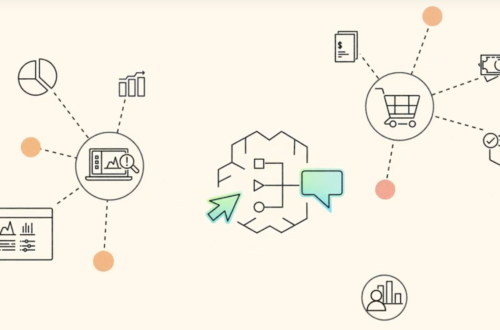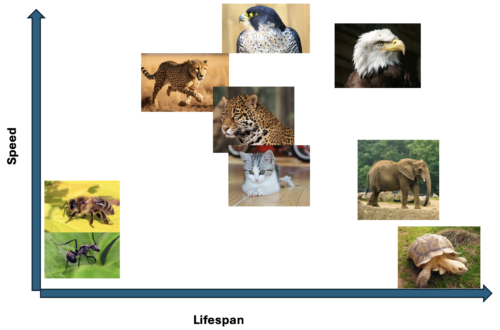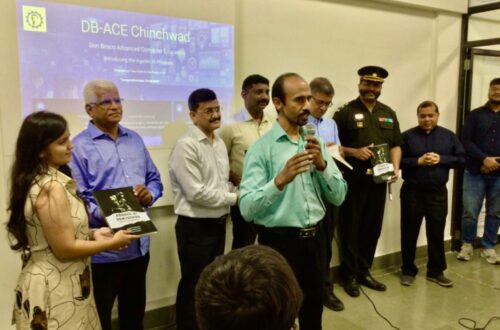In the last couple of years, Generative AI (Gen AI) has swiftly made its mark in software engineering, infiltrating the daily workflows of developers, testers, and managers alike. But before we dive into today’s AI-fueled reality, let’s rewind a few years. Back then, everything was mostly manual, and, things were running just fine! Developers were coding, testers were testing, and project managers? Well, they were juggling all the chaos like seasoned pros.
So, why Gen AI now? Were developers suddenly unable to write code? Did testers forget how to break software (in the best way possible)? Did managers lose track of their projects? Of course not. They were doing just fine. But here’s the thing—everyone is moving faster these days, and humans stuck doing repetitive, time-consuming tasks? Yeah, that just doesn’t cut it anymore. Enter Generative AI. 💡
It’s like asking, “Why spend hours on repetitive, time-draining tasks when AI can take care of the grunt work?” Sounds like a win-win, right? That’s exactly where Gen AI steps in—streamlining workflows, boosting productivity, and allowing professionals to focus on more strategic, creative tasks.
Gen AI: Not a Magic Wand, but Still Pretty Cool
Now, the moment people get their hands on Gen AI, they think, “Wow, if it can do this, it must be able to do everything!” Spoiler alert: It can’t. Not yet, anyway. People start feeding it all kinds of prompts, expecting it to miraculously handle every task—even those dusty, decade-old projects they shoved aside, thinking they’d never be solved. They dream of Gen AI being the ultimate problem solver, but it often ends up being more of a “Let’s see what happens” experiment.
The truth is, while Gen AI can automate a lot, it’s not a magic wand that will instantly solve all problems with a simple flick. You still need to understand how to use it effectively, and that comes with expertise and a solid grasp of its true capabilities.
The Technology Hype Cycle: From Hope to Enlightenment
This is where the Technology Hype Cycle comes into play (see the graph). Initially, people are all hyped up, racing to the Peak of Inflated Expectations, thinking Gen AI can do it all—every little task, every grand challenge. But reality hits, and they quickly plummet into the Trough of Disillusionment, frustrated when things don’t go as smoothly as they’d hoped.
Some companies with experience in Machine Learning and Artificial Intelligence have crossed these hurdles. Positioned on the Slope of Enlightenment, they are steadily moving toward the Plateau of Productivity, evolving alongside the pace of generative AI and emerging technologies. It’s clear that while Gen AI can’t do everything, it’s a powerful tool for automating complex tasks when approached with the right expertise and mindset. The focus isn’t on what Gen AI can’t do but on understanding its capabilities and leveraging them to drive productivity and innovation.
Gen AI in SDLC: More Than Just Code Suggestions
In the early days of Gen AI adoption in the Software Development Life Cycle (SDLC), many believed that AI-driven coding suggestions were the holy grail for boosting developer productivity. But the truth? That’s just a small piece of a much larger puzzle—and, in reality, its impact on overall productivity is relatively modest.
The bigger productivity wins lie elsewhere. Solutions like code migration, mainframe modernization, and even vision crafting make up the bulk of the value Gen AI brings to the table.
As depicted in the need vs. complexity graph, coding suggestions are near the origin. Sure, they’re useful, but they’re not game-changing. Moving further along, you have solutions like code documentation and chat with code (imagine getting context-relevant answers while you’re neck-deep in code)—these are more in-demand but still relatively easy to implement.
Then, you get to the heavy hitters: code upgrades, migrations, and mainframe modernization—all critical solutions that sit high on the graph, balancing high demand with serious complexity. These solutions aren’t just nice to have—they’re essential for long-term system sustainability and innovation.

That said, sometimes it’s the simplest tools that impress the most. Clients are often blown away by straightforward solutions that solve their immediate problems. And while we may develop cutting-edge, complex solutions, a client might say, “Why bother with all the complexity when this simple fix does the job?”
The key takeaway? The demand for Gen AI solutions varies greatly depending on the specific use case and the problem it solves.
Our Innovations Along the Way
Forward-thinking companies aren’t just observing the Gen AI revolution—they’re fully immersed in it, building innovative solutions that push boundaries. From pioneering tools like Naive RAG to fine-tuning models and crafting agentic workflows, they are actively bringing cutting-edge capabilities to life. This journey isn’t just about staying up-to-date; it’s about driving progress with purpose.
No Single Model to Rule Them All
When it comes to Foundational Models (FMs) and Large Language Models (LLMs), there’s a wide variety available—but can a single model handle all tasks? Absolutely not. Just like you wouldn’t use a hammer for every job, different tasks require different types of models. Each has its own flavor, suited for specific challenges, and there’s no “one-size-fits-all” solution here.
In the future, it’s likely that every organization will need a dedicated team of AI Scouts—a group tasked with continuously evaluating new models to ensure they’re staying ahead of the game. And along with that, organizations will need something equally important: a model gateway. This would be a centralized hub to manage everything from model keys to non-functional requirements (NFRs)—think of it as an AI traffic cop directing the flow of models and ensuring smooth operations.
The Future: Smarter Tools and a New Era of Automation
As we look ahead, it’s clear that tools are only getting smarter, and bots are becoming the new workforce. The days of doing everything manually? They’re rapidly fading away. Now, with just a few natural language prompts, bots can handle everything from generating reports to automating workflows. In short, they’re transforming the way we work.
Voice-activated interfaces are also on the horizon. The future is all about speaking your needs, and AI will handle the rest. Imagine interacting with your favorite website or tool by simply talking to it—whether you need to schedule a meeting or run an analysis, voice commands will soon be at the heart of everyday tasks.
And let’s talk about APIs. We’ve moved from SOAP to REST to GraphQL, and now we’re looking at the rise of Mono APIs—a single API endpoint for all interactions, streamlining the development process and simplifying integrations like never before.
On top of that, Integrated Development Environments (IDEs) are evolving. Soon, you’ll be able to chat with your IDE to get tasks done—whether it’s running tests or debugging code. Machines will handle the grunt work, leaving you free to focus on reviewing and managing.
The future isn’t just automated; it’s conversational, efficient, and smart.
Wrapping It Up
As we move into the future, Generative AI is set to play a pivotal role in reshaping how businesses operate—boosting productivity, simplifying complex tasks, and unlocking new opportunities for innovation. Forward-looking organizations are embracing this AI revolution, delivering cutting-edge solutions to streamline workflows and explore new AI-driven possibilities. What new problems are you attacking with GenAI?
This article has been co-authored with Nishanky Gyanchandani, one of my mentees.

Nishanky Gyanchandani, is a Senior Software Engineer at Persistent Systems. She has played a key role in several innovative GenAI solutions. She is working on transformative AI initiatives that address real-world needs across various industries.





